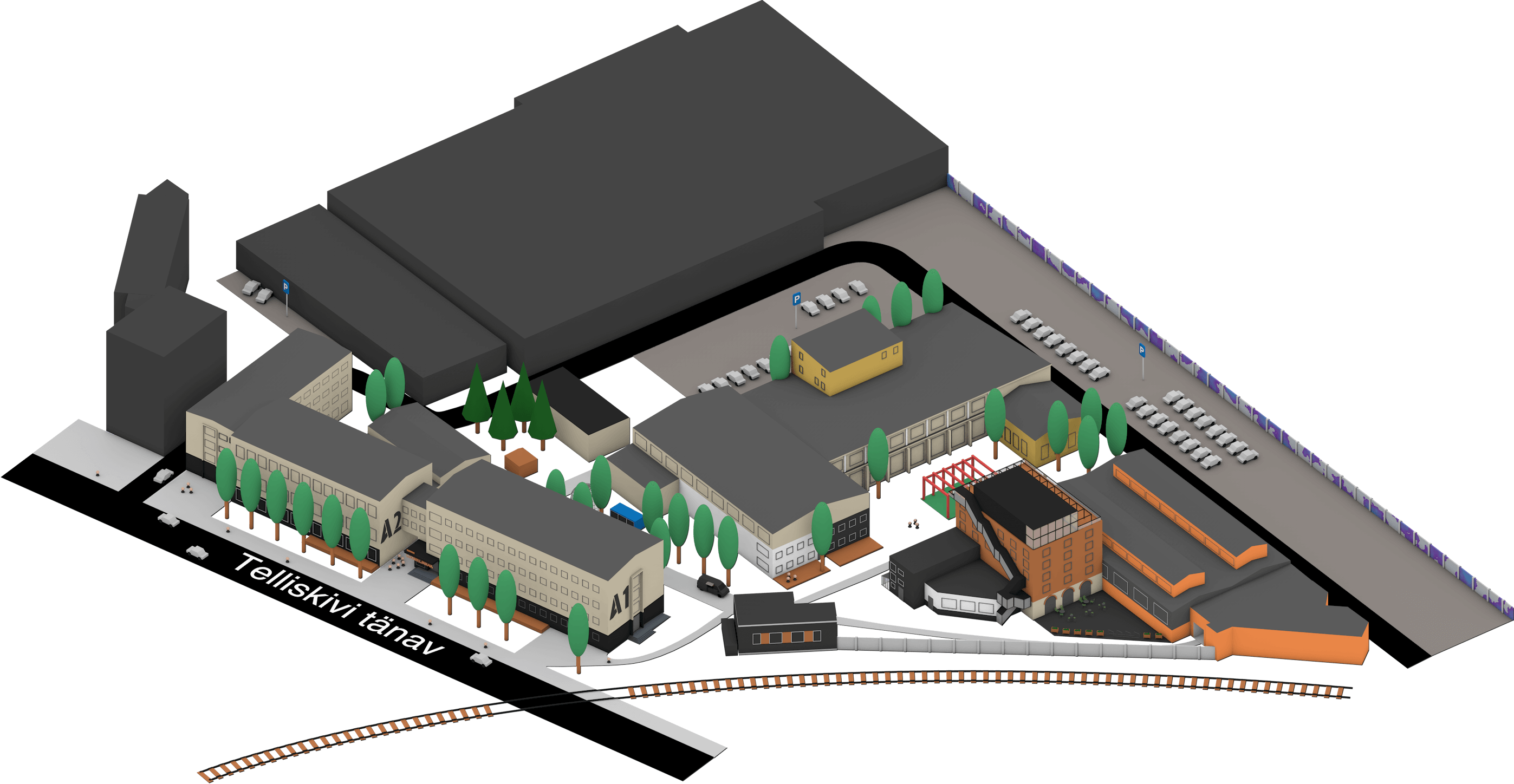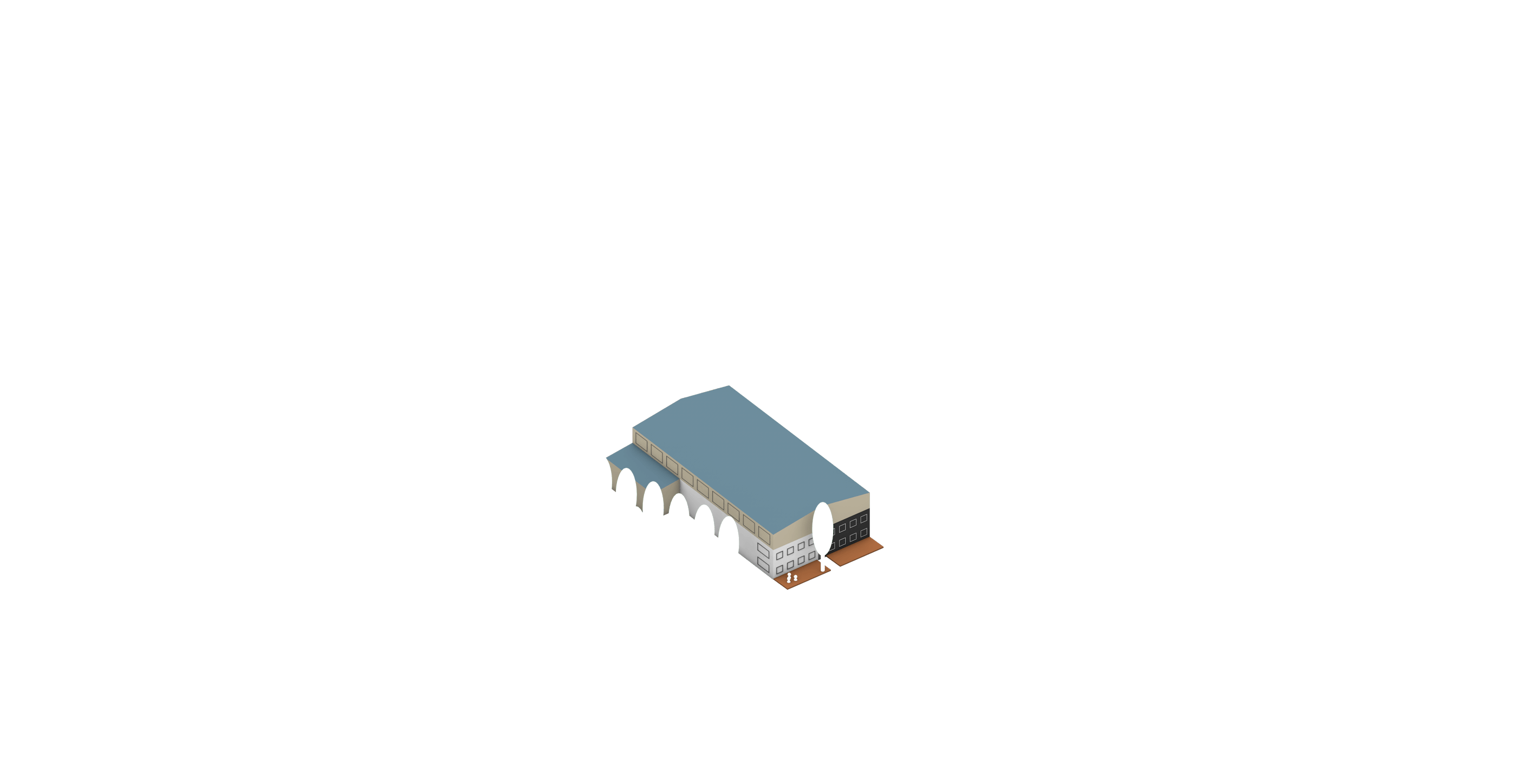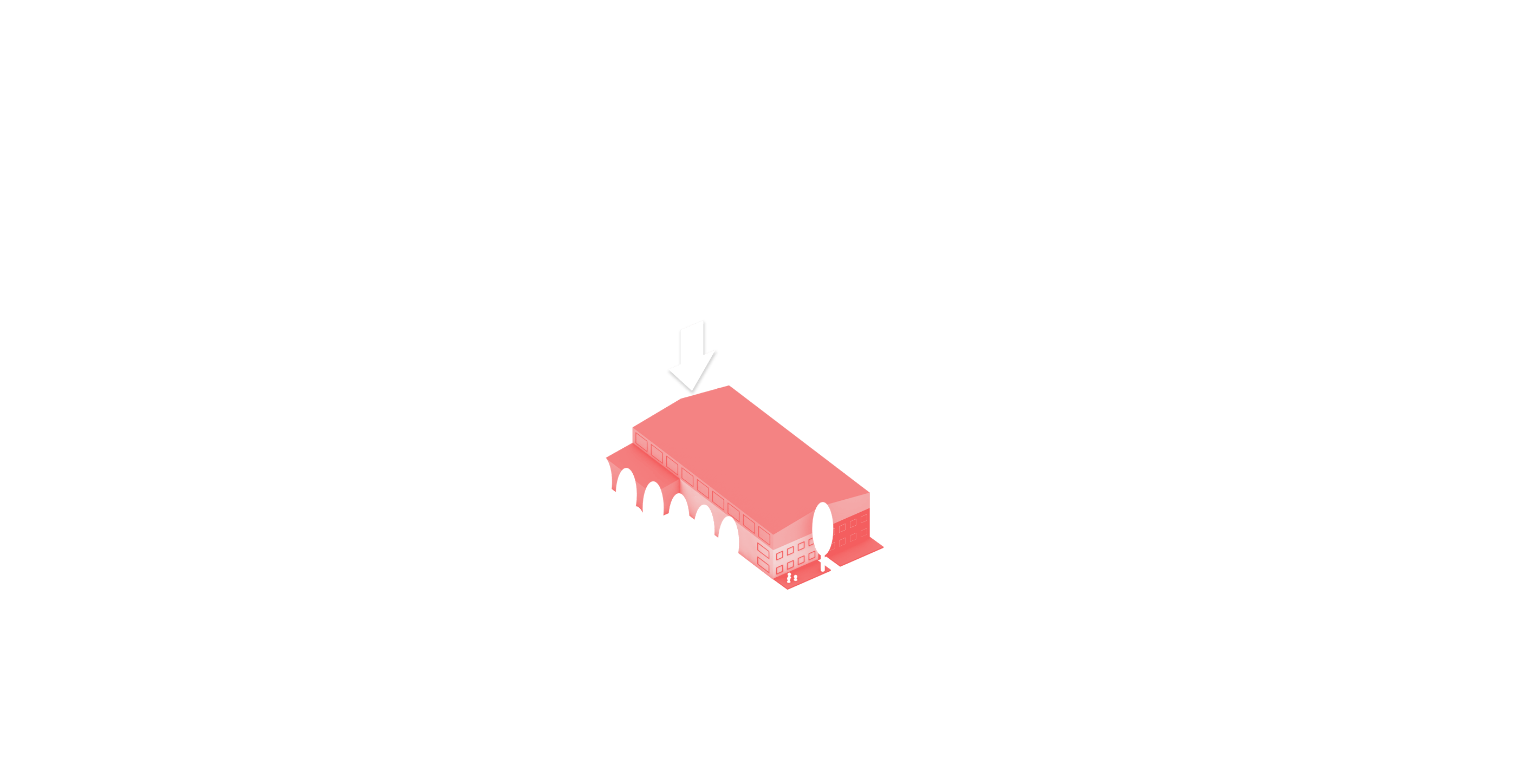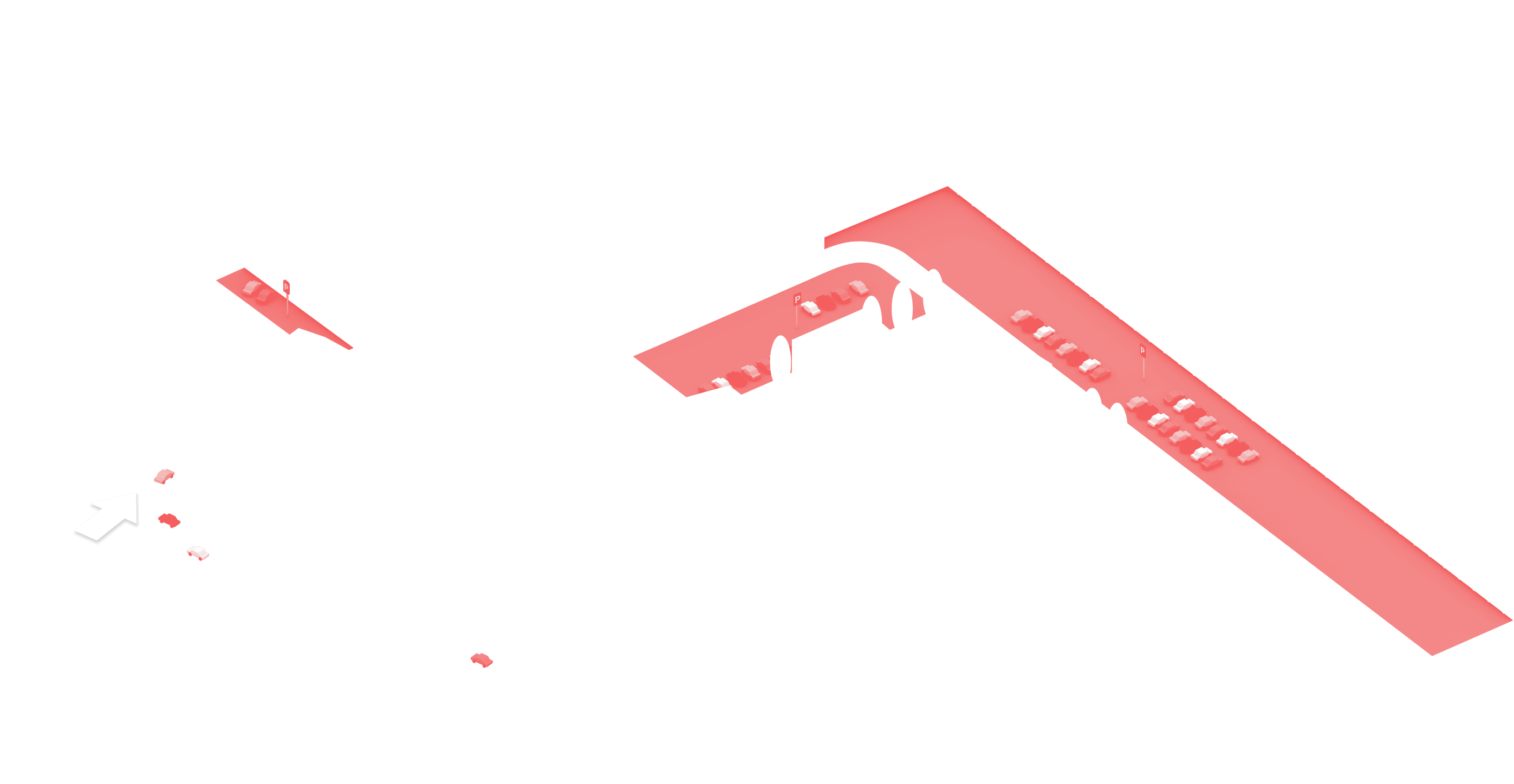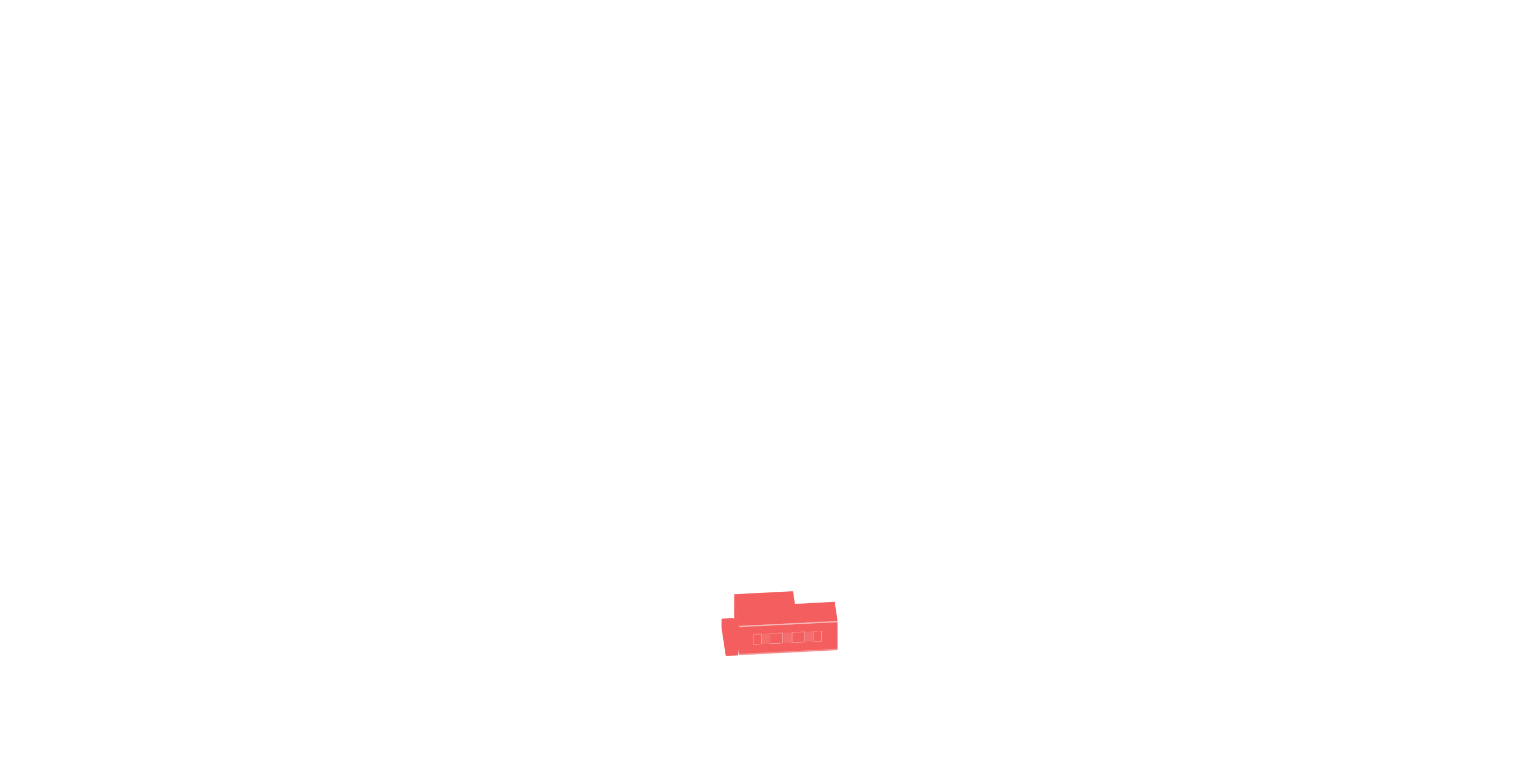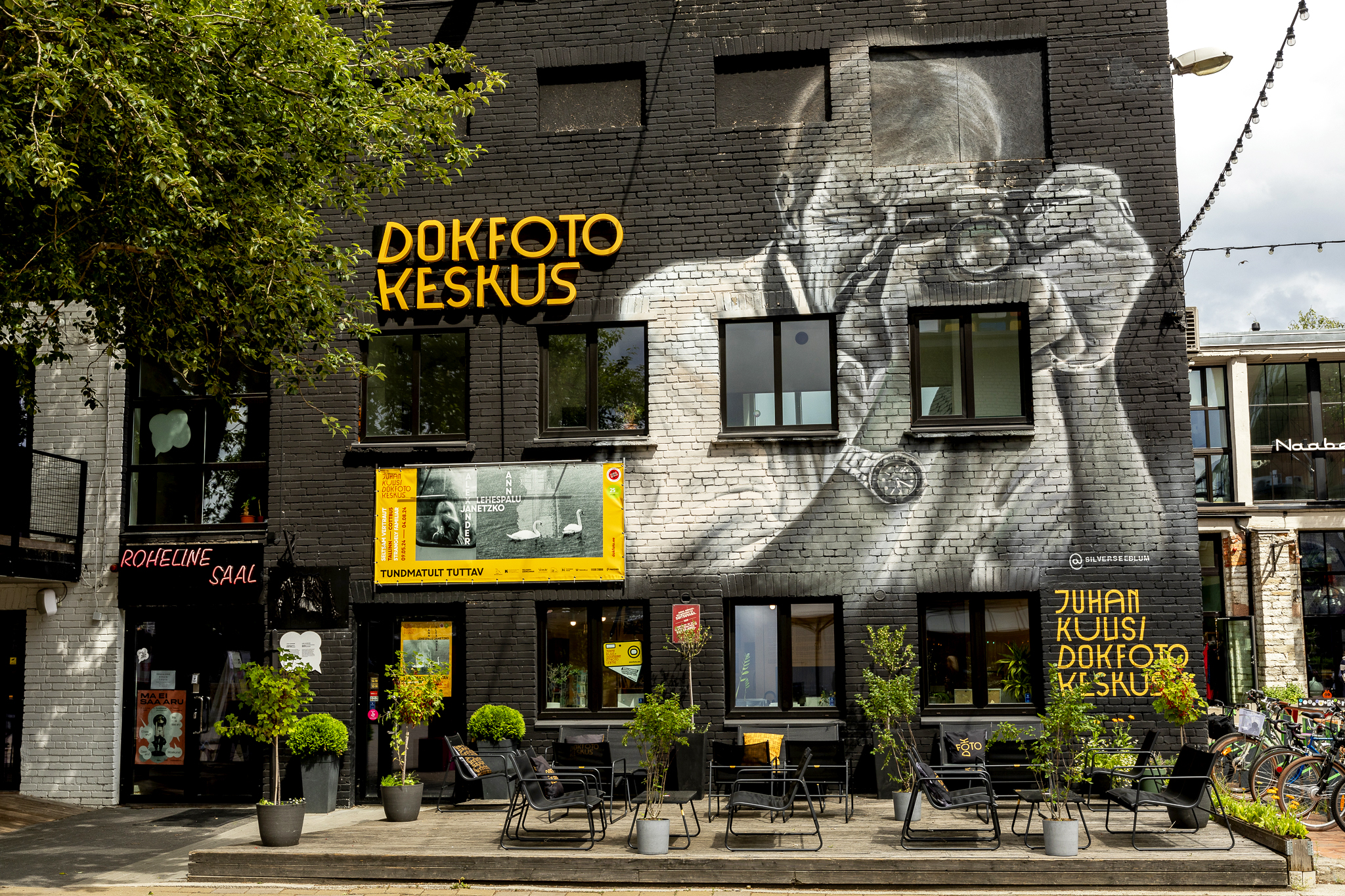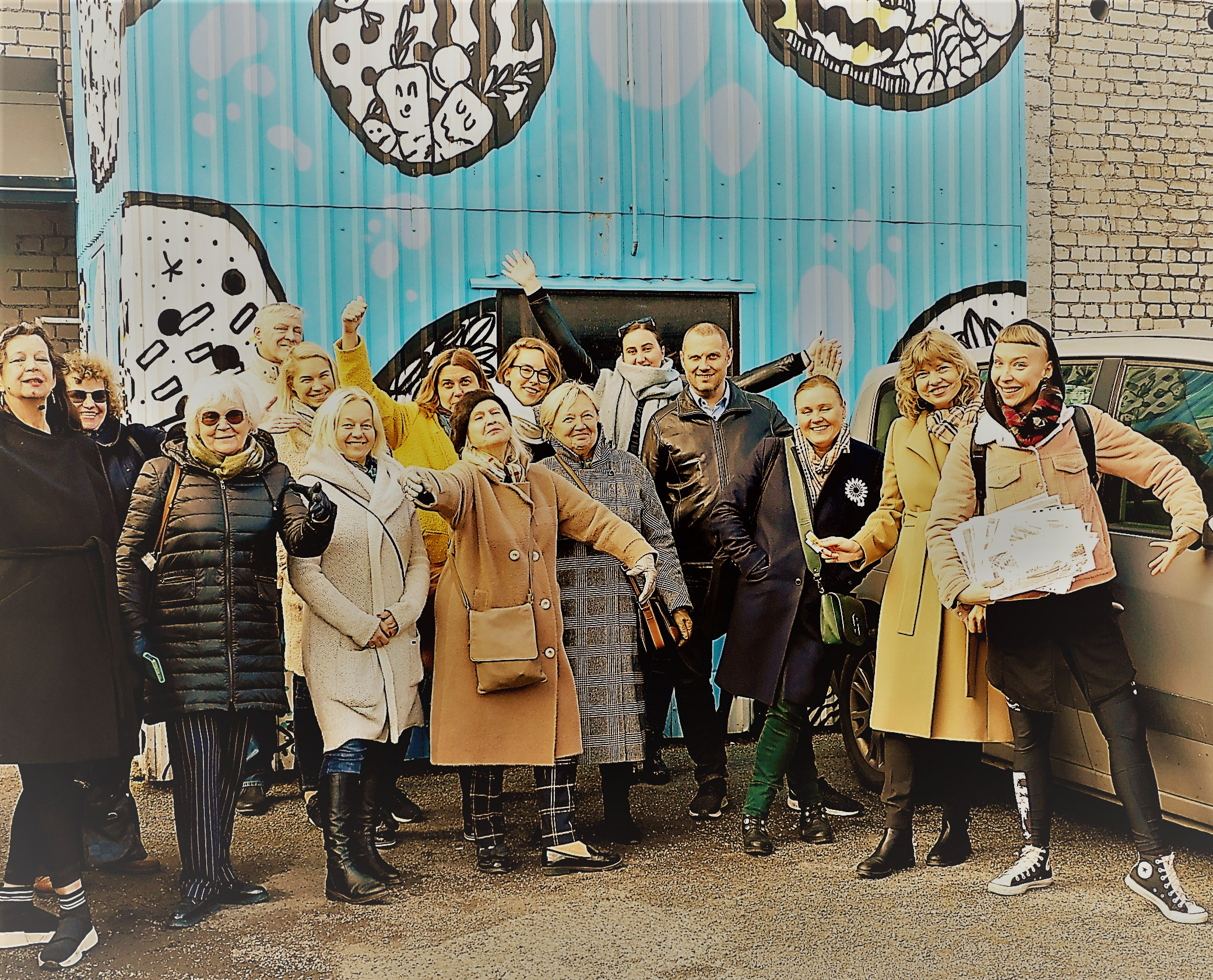
Angelika Kollin “Tender ground”
For the first time, the Juhan Kuus Documentary Photo Centre presents a solo exhibition by internationally acclaimed and award-winning Estonian-born fine art photographer and documentarian Angelika Kollin.
Kollin’s work is like breathing with a camera – quiet, calm, and deep. Her photographs are not about freezing time to capture a decisive moment, but about creating a safe space where two or more people can meet in trusting presence and together create something tender and meaningful. It is a space where vulnerability is not feared and pain is not hidden; where life’s wholeness – beauty and hardship, love and loss – can be seen all at once. This is a place where life is not divided into good and evil. In that wholeness, with all its layers and nuances, the viewer can experience something that is at once deeply personal and universally human.
Angelika was born and raised in Estonia during the Soviet occupation, in an atmosphere marked by tension, restraint, and emotional absence. As a teenager, her family moved to Germany, an uprooting that meant losing her sense of home and experiencing displacement at the age of 14. Later, her life took her to the USA, Spain, and eight years in Africa, including Ghana, Namibia, and South Africa.
The title “Tender Ground” reflects both the physical ground from which these stories grow and the delicate inner landscapes her photographs touch. Each portrait is like a seed that requires care to take root. Tender ground is never predictable – it can be uncertain, at times stony, at times soft – but it is precisely there, in that fragile balance, where the deepest and most nourishing growth happens.
The exhibition also features a small yet significant accent – ceramic sculptures from the series “MuMuusad” by Liisu Arro. In both artists’ work, there is a universal authenticity, carrying beauty and fragility in equal measure. Their creations hold traces of both Estonia and South Africa, echoing the South African philosophy of ubuntu – “I am because we are”. The idea that our identity and essence are shaped through our connections with others and the world around us forms an invisible yet tangible foundation for this exhibition.
